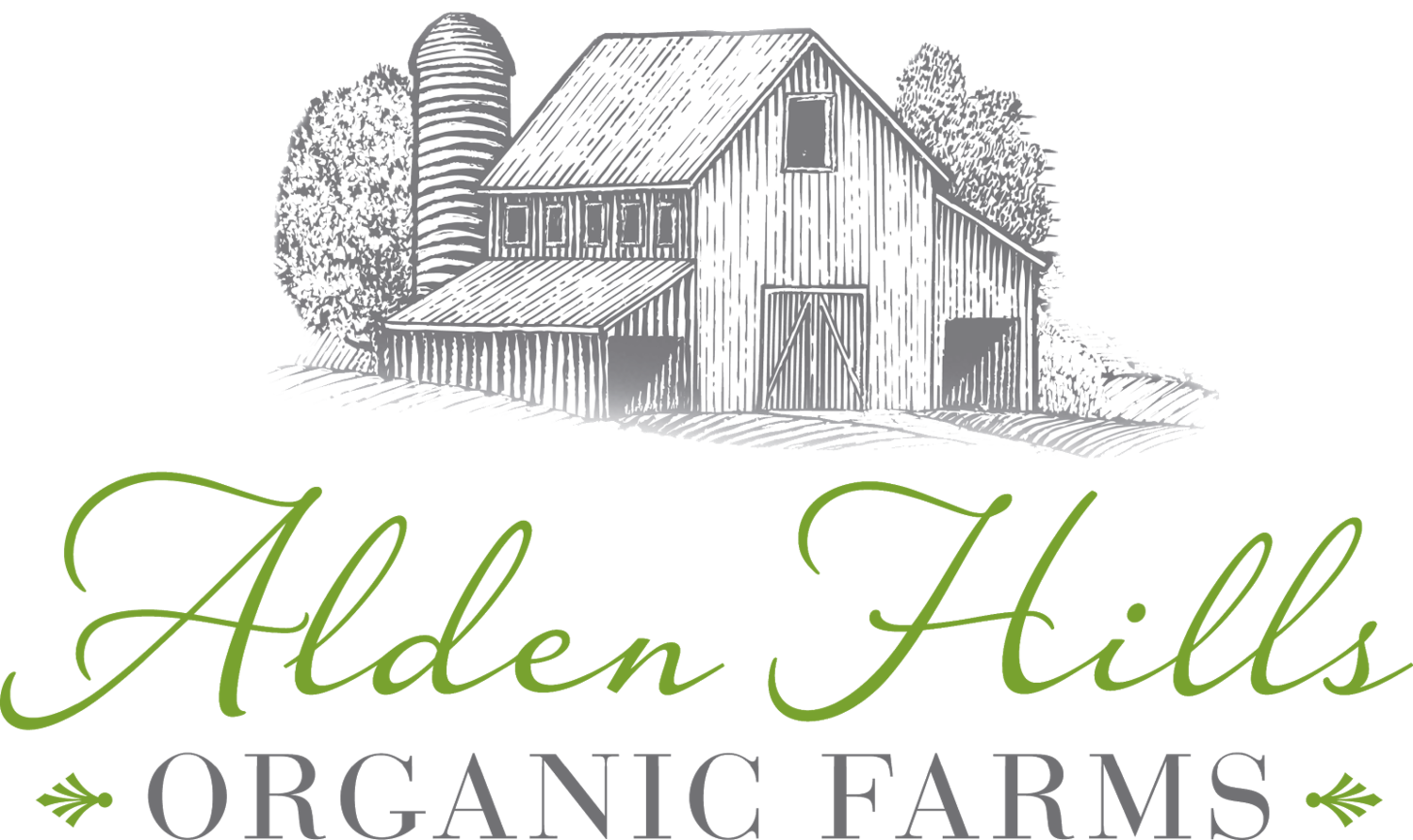The Art of Finishing
If our pigs had to pick a favorite time of the year at the farm I think they would choose autumn. The first year that we raised hogs we were surprised one morning to be hearing all this POP and CRACK sounds coming from the hog pastures. When we went to investigate we saw that the acorns and walnuts had begun falling from the trees and the pigs were eating them and loving it. No shells were too tough for the powerful jaws of the pigs and I think they ate every nut and and acorn in the woods that week. It was really neat to see animals and nature exist together like that and it's become something that we anticipate every fall now. Our fall batch of pigs usually end up getting finished on a diet of wild apples and nuts from around the farm.
"Finishing" is a term that we use in agriculture to reference if an animal is ready to be butchered (or "processed" if we're trying to be a little more gentle.) Finishing is an absolutely crucial step in raising high-quality meat... the finishing stage is when an animal is going to put on the final amounts of fat. For beef cattle this means that we can see that the rump, tail and brisket (chest) are full and round... this will directly translate to great tasting beef. For chickens we can see the result in the meat... when you cook up an Alden Hills chicken then you'll see that great yellow fat around the meat. Lean meat is good but we want that fat included as well because good, clean pastured based fat is crucial to our diet.
Diet also has a large effect on what kind of finish we can get. Animals raised on pasture will take a longer time to build those fat deposits. The cool thing about finishing with grasses as part of the diet is that the meat will take on the vibrancy and colors of that. Grass-fed meats will be darker and have yellower fat around it because of this.
There definitely is science to what makes an animal finished but I do think there's a lot of art to it as well. I think it took me a while to fully understand how that all works together to create the final product. One thing that we do here at Alden Hills is to try and stay as seasonal as possible with our meat production. Animals have a very hard time putting on weight when it's cold outside and they have to use energy to keep warm... this is why we only process animals in summer through late fall. It's a small detail of ensuring we can keep animals as finished and fat as possible.
